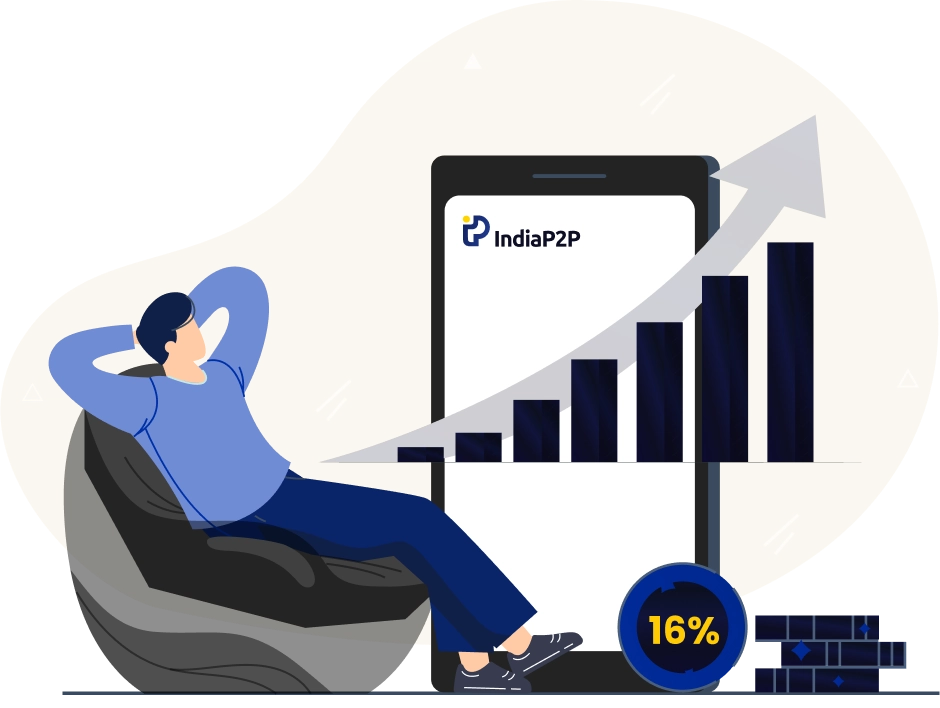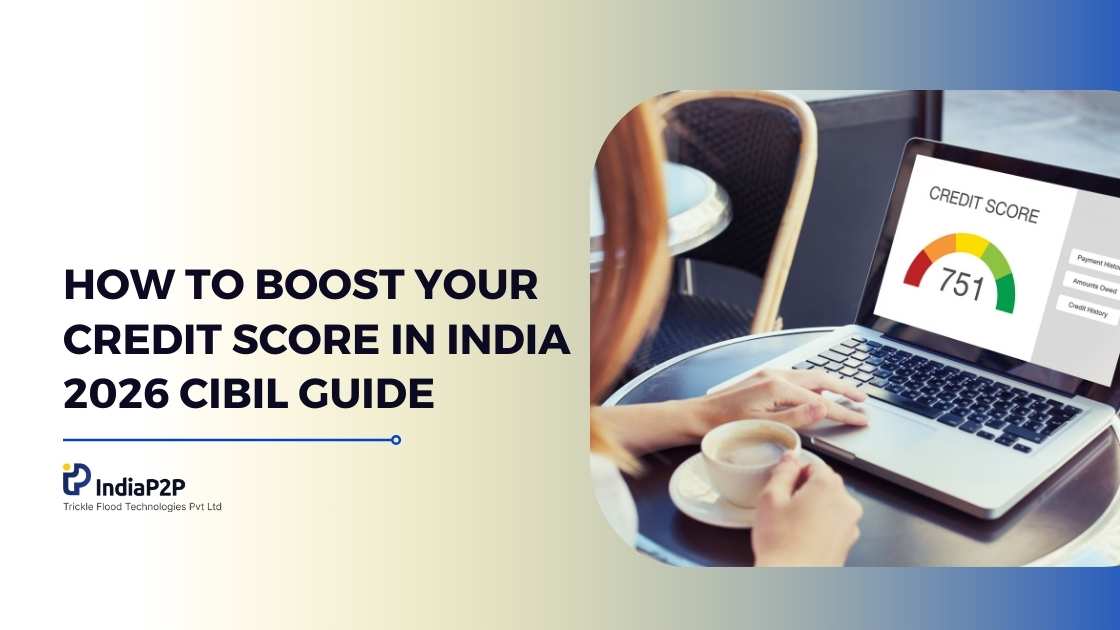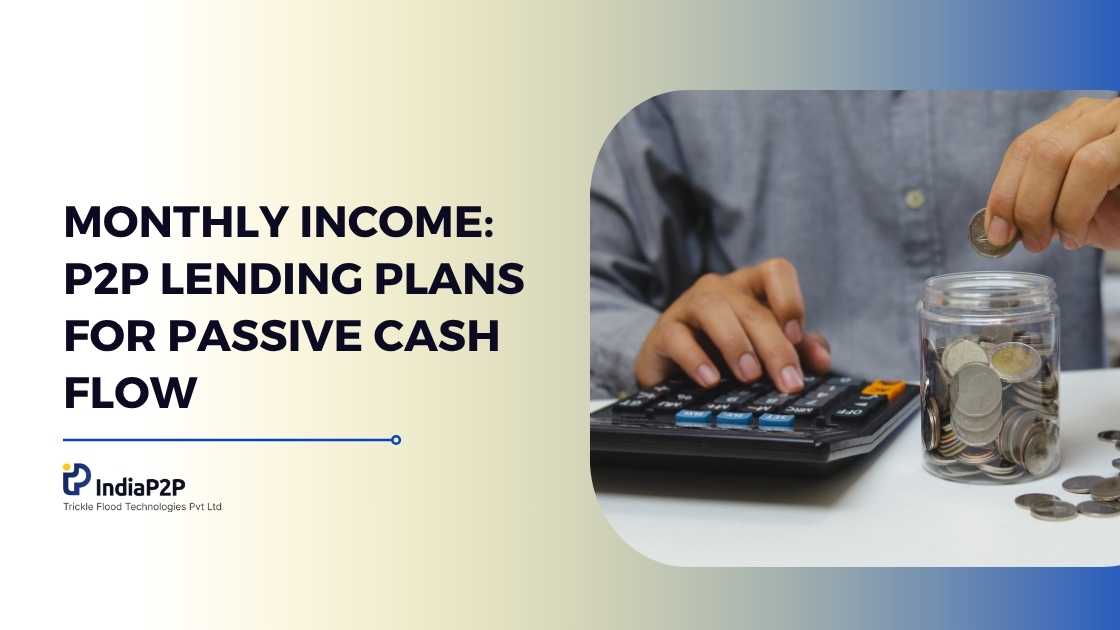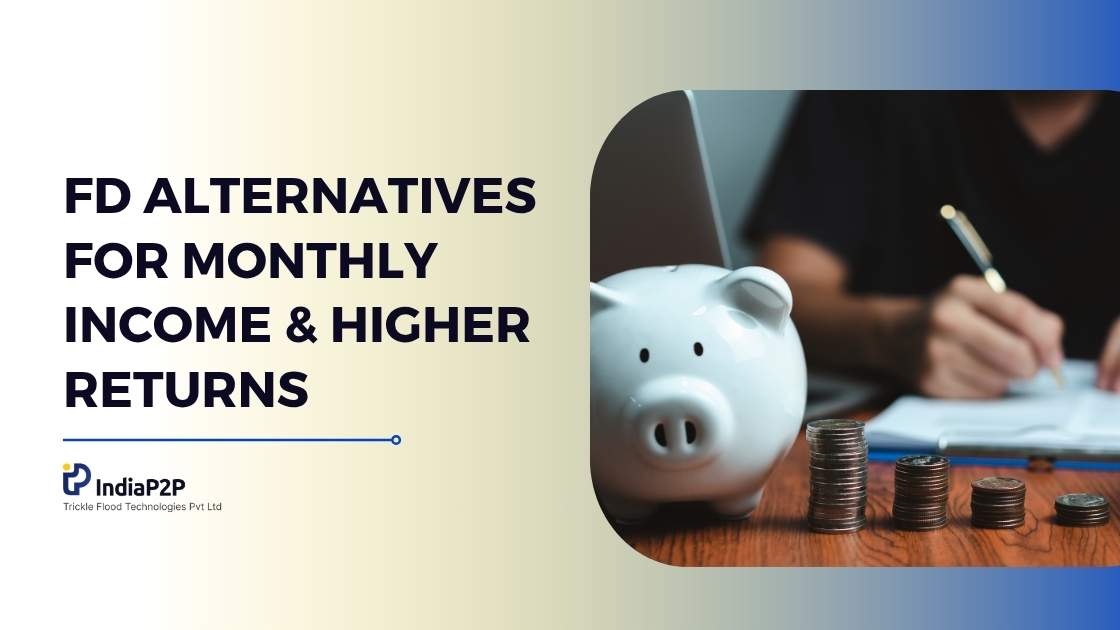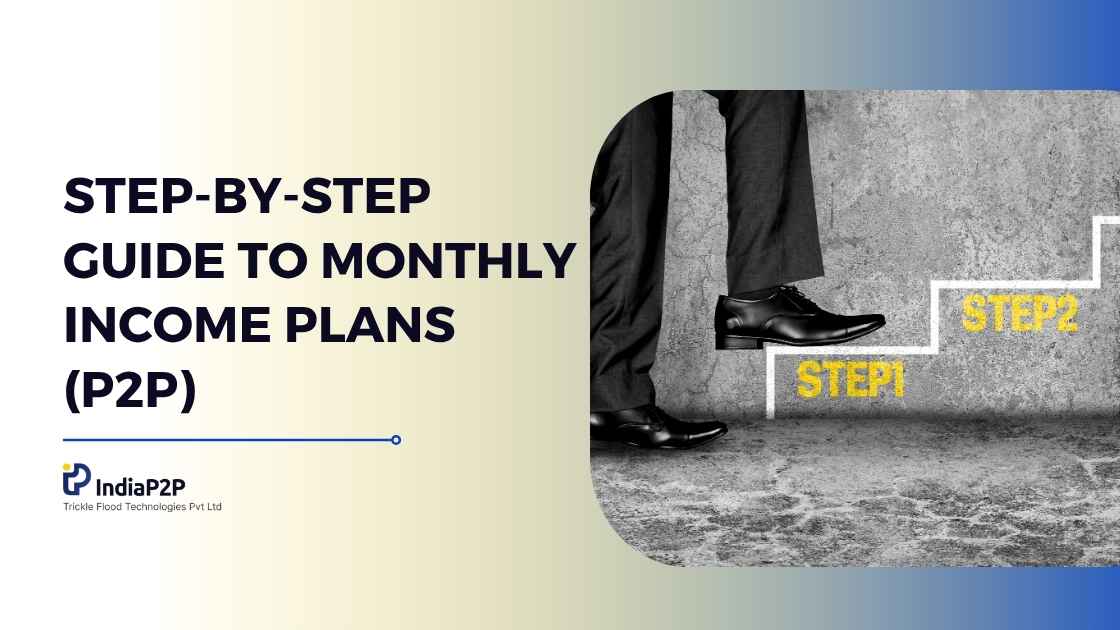Why is Lending Important for the Economy? Good Debt vs Bad Debt!

We've all heard the terms - debt, lending and credit at least at some point in time. The three terms are relatively similar and refer to a process in which people with excess capital, loan it out to those who are seeking it for consumption or growing their businesses.
While people may have varied perspectives on credit as an important financial instrument, none can deny the fact that it has become an inseparable aspect of the global economy and may well be what triggered the global economy into growth and expansionary mode.
Before the practice of extending credit emerged, it was the norm that you had to steal or plunder to increase your wealth i.e. increase in wealth came at the cost of a decrease in someone else’s wealth.
The credit system has been in existence for long. However, its availability had been a cause of concern unless modern institutions like banks emerged. As Yuval Noah Harari puts it, “It was hard to get a loan in the pre-modern world, and when you got one it was usually small, short-term, and subject to high-interest rates. Upstart entrepreneurs thus found it difficult to open new bakeries and great kings who wanted to build palaces or wage wars had no choice but to raise the necessary funds through high taxes and tariffs.”
Imagine a world without the concept of credit! Most of us would be living in rented apartments, stacking cash to buy the dream house at the age of 60! Banks would exist, but again, we'd be paying to keep our money in the banks, something that's not the case right now.
The concept of credit emerged slowly with people amassing huge wealth looking to lend it out for those needing money for farming and agricultural activities. Slowly, money lending became a profession with people loaning it out in return of profits. Hence, the concept of lending and crediting isn't new.
How Credit Expands the Economy?
Borrowing from an example shared by Harari, let’s see how credit expands the economy:
Say, what would you do if you wanted to start a bakery and you didn’t have money? You would simply approach the bank.
Now, where does the bank get its money from? Simple, from depositors.
For instance, a contractor has deposited $1 million of his earnings with the bank. This deposit is then passed on to the baker as a loan. Now the bank as $0.
Now, the baker appoints the same contractor on a $1 million deal to develop his bakery. The contractor will then deposit the amount that he received from the baker. The contractor now has $2 million in his account, while in reality, the bank has only $1 million in the safe. The remaining $1 million becomes a debt, which the baker will pay over a period.
Now suppose if the contractor tells the baker that the contract with cost another $1 million. The baker will again approach the bank for credit. After availing credit, the amount is again provided to the contractor as his fees.
He then deposits the amount in his account. This means, the contractor now has $3 million in his account, while the bank still has $1 million in its safe. How does the bank then bridge the gap? By simply ensuring that the baker pays the loan along with interest once her business is up and running.
Overall, we see that credit enabled $1Million become $3Million in economic value!
Good Debt vs Bad Debt
Debts can be classified into good and bad ones. Good debt refers to an investment such as a mortgage, or student loan and is availed to purchase something that will go on to increase the value or contribute to the overarching financial health.
As Charles Wheelan puts it, “Debt is a good thing only if you do something sensible with the borrowed funds. A student who takes out loans to finish medical school will be fine once he becomes a surgeon. But if you borrow money to drink beer and eat pizza while living in your parents’ basement—literally or figuratively—it’s going to be a problem. This is where the wonder of credit becomes the “debt burden.”
On the other hand, bad debt is used for the purchase of material things. This could include credit card debt and extremely high-interest loans. Bad debt does not provide exceptional returns on your investment in the long run.
Why is Debt Good?
Ever since the Great Depression in the 1920s in the US, debt has been seen with utmost precaution. Indeed, trillions of wealth was wiped out almost a century ago. It also led to joblessness. However, the misconception around debt is uncalled for. Debt as an instrument is good for personal finance as well as the global economy.
Many people today use credit cards for personal or business needs. Startups kickstart their operations and continue to operate for years simply on investor money. Students leverage debt in the form of educational loans. Most things related to finance are today an important instrument of debt.
To simplify it, issuance of debt is a way of paying for useful things. It wouldn't be wise to keep your capital stacked in your bank when there are families willing to pay for making good use of your money. Not just at a small scale, countries like the U.S.A. too, rely on debt. In fact, debt helped the U.S.A. to win World War 2.
Comparing India’s Credit Demand
When compared to other developed economies in the world, India does not have the credit institution in place to support the real economy. Bank lending, as a percentage of GDP, has ranged from 51.9% in 2011-12 to 56% in 2020-21.
Hence, India has a higher yield, which does not necessarily mean bad borrowing practices. It simply means that the demand for credit heavily outweighs supply.
Many times, people and businesses find it difficult to reach out to credit lending institutions.
Moreover, the involvement of intermediaries in the credit market and the higher cost of lending hampers the businesses and individuals to access credit,
Hence, when compared to a country like the U.S.A. and China, the Indian credit delivery mechanism has lagged behind.
For instance, the U.S.A., which remains an active bond market for corporates, delivers credit to the real economy in excess of 200% of the GDP. Elsewhere in China, the domestic credit to the real economy has increased from 50% to nearly 200% of the GDP presently.
Is Peer to Peer Lending the Way Out?
Amid the challenges in accessing loans from financial institutions, peer-to-peer (P2P) lending has emerged as a preferred option. Also known as social or crowd lending, it lets individuals lend and borrow money directly from each other.
In India P2P lending is regulated by the RBI with only licensed entities being allowed to operate P2P platforms.
P2P lending boosts returns for individuals who provide capital and benefits the debtor in the form of low interest rates. As a lender, you can decide to have the P2P platform spread your funds across multiple borrowers.
The lender also gets to decide the risk categories in which they wish to lend.
The platform acts as an intermediary that connects borrowers with lenders. As part of the process, the borrowers are expected to undergo a verification process by disclosing the relevant details.
IndiaP2P evaluates borrowers basis their past borrowing history, credit score, in-person business verification, and more. The platform also prioritizes women business owners as borrowers since women in India have superior credit scores and further fractionalizes loans, bundling them into diverse portfolios.
This enables investors to easily invest in an already diversified bundle of loans i.e. passive and risk reduced.
Conclusion
Hence, lending isn't a bad activity as it might be presumed to be. It is in fact critical for the growth of the economy and overall prosperity. It acts as an important way of expanding businesses for many corporations and an instrument to usher into economic development by the governments of the world.
Moreover, financial instruments like peer-to-peer lending are beaming with high expectations for credit seekers. Lending based investment products enable true economic value creation and are non-speculative.
